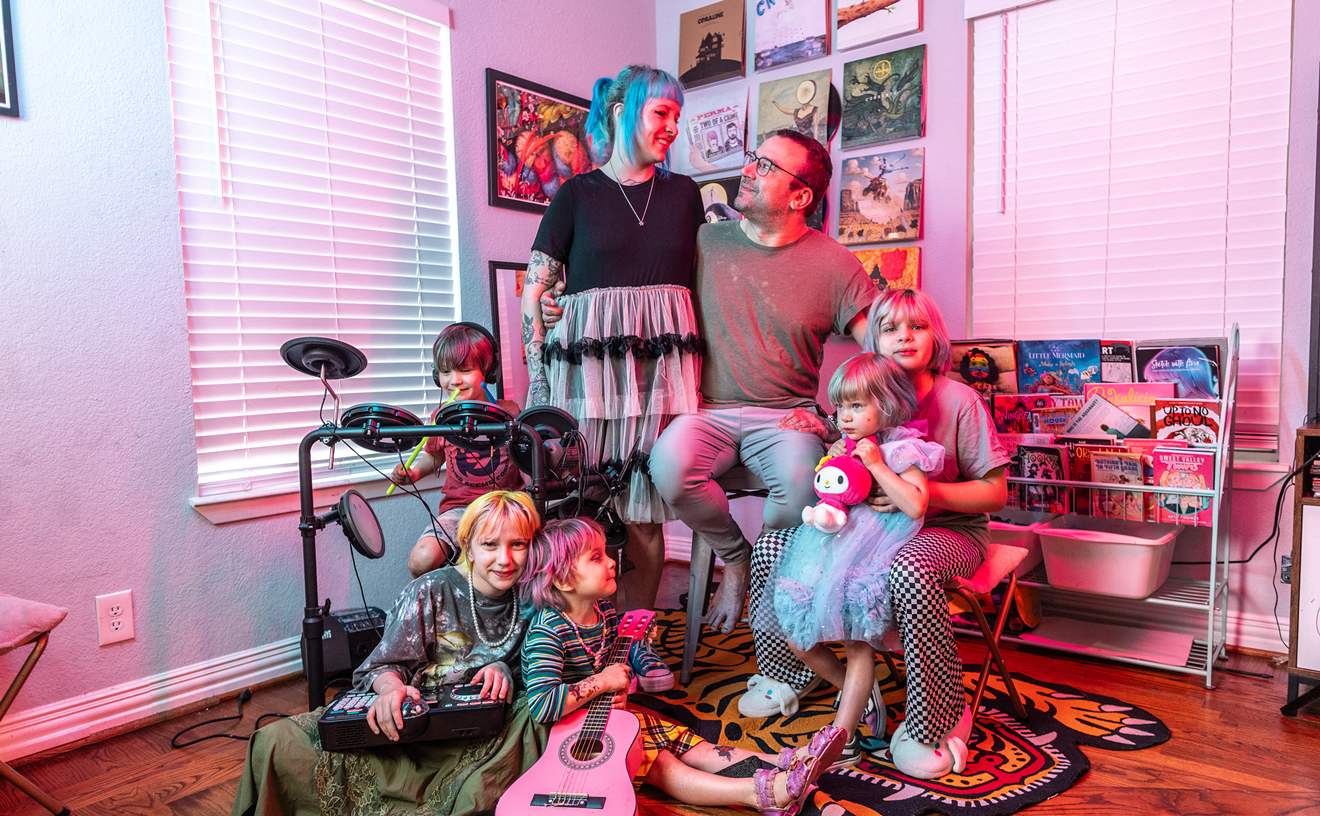A teenage witch stands trembling behind her unsuspecting mother and father, wand raised. Obliviate, she whispers, and her parents' eyes go glassy, their memories erased. On the mantel, the girl's image disappears from the family's photos. Blinking back tears, she walks into the street, the link between herself and her childhood sundered.
Youth fled early for Hermione Granger, Harry Potter and Ron Weasley, the trio at the center of the Harry Potter franchise. And that disturbing and evocative scene, which comes very early in Harry Potter and the Deathly Hallows: Part 1, the penultimate film in the series, illustrates the rewards and challenges of adapting the seventh of J.K. Rowling's novels. No longer really a children's story at all, Deathly Hallows plucks its young heroes from the comfy four-posters of Hogwarts and makes them refugees, fleeing—and, eventually, waging—war. Innocents are murdered, beloved characters tortured; we'll see show trials, eugenicist propaganda and jackbooted thugs. Because it's a magical war, we'll also hear a lot of talk about Horcruxes (talismans in which evil Voldemort has hidden parts of his soul) and Hallows (magical objects whose importance is explained in a splendid animated sequence).
David Yates' handsome film begins with exceptional confidence and a deliberate pace, as the three leads prepare for the quest—to destroy the Horcruxes—on which Dumbledore sent them before his death at the end of the last Potter installment. Hermione bewitches her parents; Harry takes one last look around the house of his miserable pre-Hogwarts days. A scene of Voldemort meeting with his followers—pure hokum in the novel—is creepy and satisfying. And the film's comic high point arrives early, as Harry comes face-to-face with seven other Harrys, friends transformed into identical decoys to confuse the bad guys.
By the time Voldemort's Death Eaters have Harry, Ron and Hermione on the run, though, the movie has accelerated to the galloping tempo familiar from the last two Potter adaptations, both also directed by Yates. Deathly Hallows: Part 1 crams in 500 of Rowling's 759 pages, and so the story hurtles forward unceasingly, with only shouted, harried exposition separating one twist from the next. For diehard fans of the novels, the movie's haste is merely aggravating. But casual viewers might well tune out the details and just enjoy the scenery.
Which, it should be said, is very scenic! There's the action scenery: The fights, both airborne and grounded, are exciting and unusually coherent, and the special effects are top-notch as usual. There's the scenery scenery: Our on-the-run heroes set up camp on any number of windswept British heaths and hillsides, majestically shot by Eduardo Serra. And of course there's the acting scenery: Aficionados of Brit drama can play the customary game of spot-the-thespian. (Hey, Peter Mullan! Hi, That Guy Who Played Chris Finch on The Office! And don't miss Kate Fleetwood—perhaps the definitive Lady Macbeth of our generation—in a three-minute role.)
Of course, these fine actors—plus (deep breath) Alan Rickman, Julie Walters, Ralph Fiennes, Fiona Shaw, Richard Griffiths, Helena Bonham Carter, Bill Nighy, Rhys Ifans, Helen McCrory, Michael Gambon, Robbie Coltrane, David Thewlis, Brendan Gleeson, Frances de la Tour, and (gasp) John Fucking Hurt, too—are just there to support the three kids at the film's center. Daniel Radcliffe will have his time to shine—or blow it—in Deathly Hallows: Part 2, in which Harry takes center stage. But Part One belongs to Rupert Grint and Emma Watson.
Watson's brainy, practical Hermione drives the film's narrative; Grint's fiery, jealous Ron provides its relatable conflict. The movie foregrounds the pair's charged relationship, and teases, to a much greater extent than the novel does, a romantic competition between Harry and Ron.
The kids are growing up fast, as we see along with Ron when he's confronted by a nightmare vision of a naked Harry and Hermione kissing passionately. Like this jaw-dropping sequence, the best bits of Deathly Hallows are the moments that play with the tensions of late adolescence, as when the three teens disguise themselves as adult bureaucrats to launch a raid on the Ministry of Magic. It's only when they're trapped in grown-up bodies that we can remember they're still really kids.










